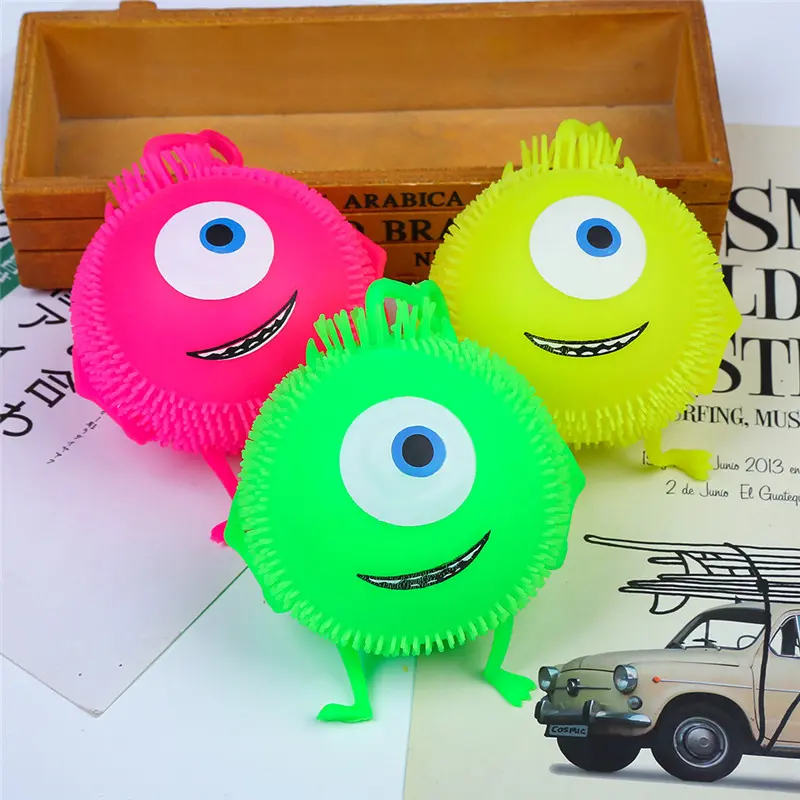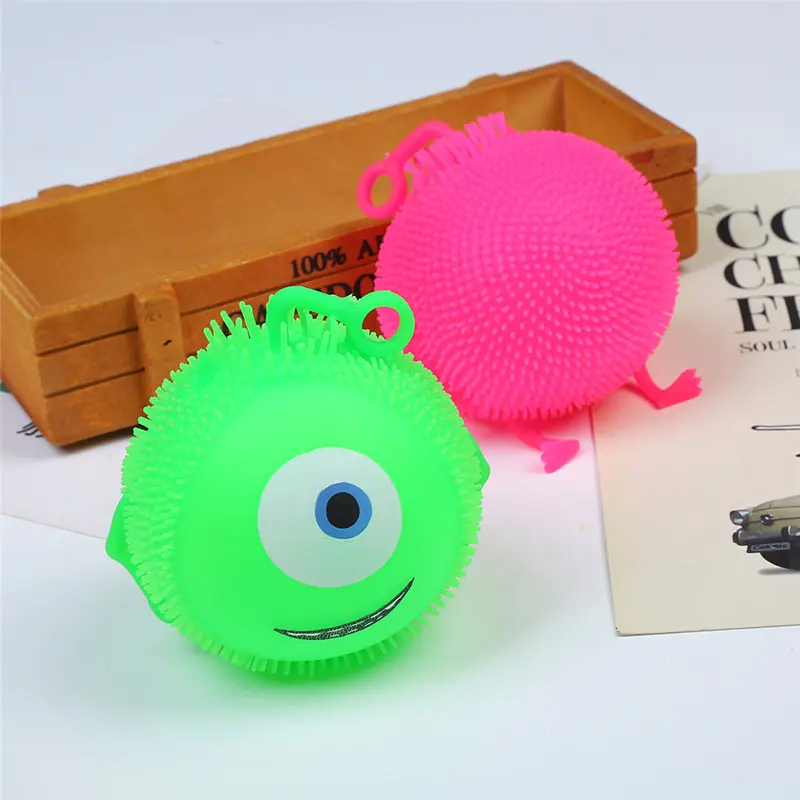TPR Injection Molding Material Selection and Process Difficulties: A Key Guide for Buyers to Create High-Quality Toys
Amidst increasingly fierce competition in the global toy market, TPR (thermoplastic elastomer) has become an ideal material for injection molded toys due to its excellent elasticity, flexibility, and environmentally friendly properties. For buyers, a thorough understanding of the selection criteria for TPR injection molding materials and the process challenges encountered during production not only helps companies control product quality but also provides advantages in cost control and market competitiveness. This article provides a detailed analysis of material properties, selection criteria, process challenges, and solutions, providing buyers with a comprehensive reference.
1. Why is TPR a Preferred Material for Toy Injection Molding?
TPR, a polymer material that combines the elasticity of rubber with the processability of plastic, is highly sought after in the toy manufacturing industry, primarily due to its following core advantages:
Excellent safety performance is a key feature of TPR. TPR material complies with international toy safety standards such as EU EN71 and US ASTM F963, and is free of harmful substances such as phthalates and heavy metals. This ensures safety even for toys intended for infants and young children. This characteristic makes it an irreplaceable choice in the safety-conscious toy market.
TPR’s excellent physical properties also distinguish it. Its excellent elasticity and flexibility make toys made from it soft and comfortable to the touch. It also offers strong impact resistance and resistance to breakage, making it durable enough to withstand frequent play and beatings by children. Furthermore, TPR offers a certain degree of wear and weather resistance, adapting to diverse environments and extending the lifespan of toys.
Easy processing ensures improved production efficiency. TPR can be processed using injection molding, offering fast cycle times, high production efficiency, and the ability to achieve complex designs to meet diverse toy appearance requirements. Furthermore, TPR can be overmolded with other plastics such as PP and ABS to enhance the functionality and texture of toys.
II. Key Factors in Selecting TPR Injection Molding Toy Materials
When selecting TPR injection molding toy materials, buyers need to comprehensively consider multiple factors to ensure that the material matches the toy’s design requirements and intended use.
Safety compliance is a primary consideration. Different countries and regions have clear safety standards for toy materials, such as the EU’s REACH regulation and the US’s CPSC standards. Buyers should select TPR materials that have passed relevant certifications to ensure that the toys meet the requirements of the target market when exported.
The compatibility of material properties with the toy’s intended use is also crucial. For example, TPR materials used in extruded sound toys require excellent elasticity and sealing properties; whereas TPR materials used in hard toy accessories such as puzzles and building blocks require high hardness and strength. Buyers should consult with suppliers to determine key performance parameters such as hardness, elastic modulus, and tensile strength based on the specific use of the toy.
Processing stability is a key factor influencing production efficiency and product quality. Parameters such as the melt index and thermal stability of TPR materials affect the flowability and molding quality during the injection molding process. Buyers should select materials with stable processing properties to reduce defective products and lower production costs. Cost factors should also be considered. Prices of TPR materials of different grades and properties vary. Buyers should conduct cost calculations and select materials with the best value for money, while still meeting quality requirements. They should also consider factors such as material procurement cycles and supplier availability to ensure production continuity.
III. Process Difficulties and Solutions in TPR Injection Molded Toy Production
Although TPR material has excellent processing properties, some process difficulties can still be encountered during injection molding, requiring appropriate solutions.
Material flowability control is a common process difficulty. TPR material flowability is significantly affected by factors such as temperature and pressure. Poor flowability can result in incomplete toy molding and defects such as missing material. Excessive flowability can lead to problems such as flash and overflow. Solution: Control material flowability by adjusting injection molding temperature and pressure. Generally speaking, increasing the injection molding temperature can improve material fluidity, but excessive temperatures can cause material decomposition. Increasing the injection molding pressure can also improve fluidity, but excessive pressure can overload the mold and shorten its lifespan. Furthermore, optimizing the mold gate design can ensure that the material evenly fills the mold cavity.
Surface quality issues are also common, such as bubbles, scratches, and sink marks. These defects not only affect the appearance of toys but can also compromise their safety. Solutions: For bubble issues, check the dryness of the raw materials to ensure they are fully dried before injection molding to prevent bubbles from evaporating. Also, adjust the injection speed and pressure to prevent air from being entrapped during the filling process. For scratches and sink marks, check the mold surface for smoothness and repair any scratches promptly. Furthermore, optimize the holding time and pressure to ensure sufficient material replenishment during cooling, minimizing sink marks.
Adhesion issues are common when overmolding TPR with other materials. A weak bond between the TPR and the substrate can cause toy parts to fall off, compromising product quality. Solution: Choose TPR material that is compatible with the substrate. Pre-treat the substrate surface before injection molding, such as polishing and applying adhesive, to improve the bond strength. Also, carefully control parameters such as injection molding temperature, pressure, and time to ensure a thorough bond between the TPR material and the substrate.
Dimensional accuracy control is particularly important for toy parts with high requirements. Because TPR material has a certain shrinkage rate, improperly controlling this shrinkage rate can lead to dimensional deviations in the finished product, affecting the assembly accuracy of the toy. Solution: When designing the mold, allow for margins based on the shrinkage rate of the TPR material. During the injection molding process, control the shrinkage rate by adjusting parameters such as cooling time and holding pressure. Additionally, perform dimensional inspection on the finished product and adjust process parameters promptly to ensure that the product meets design requirements.
Post time: Aug-22-2025

